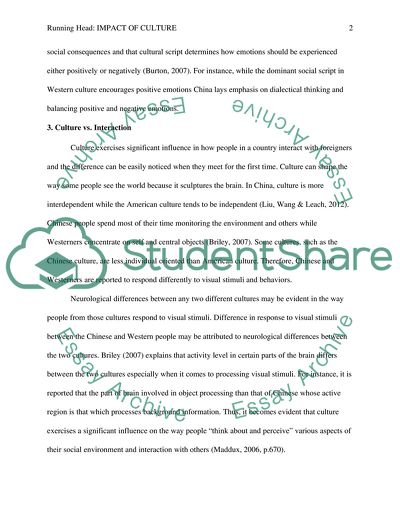Cite this document
(“The Impact of Culture on Perception and Behavior Essay”, n.d.)
The Impact of Culture on Perception and Behavior Essay. Retrieved from https://studentshare.org/culture/1663286-the-impact-of-culture-on-perception-and-behavior
The Impact of Culture on Perception and Behavior Essay. Retrieved from https://studentshare.org/culture/1663286-the-impact-of-culture-on-perception-and-behavior
(The Impact of Culture on Perception and Behavior Essay)
The Impact of Culture on Perception and Behavior Essay. https://studentshare.org/culture/1663286-the-impact-of-culture-on-perception-and-behavior.
The Impact of Culture on Perception and Behavior Essay. https://studentshare.org/culture/1663286-the-impact-of-culture-on-perception-and-behavior.
“The Impact of Culture on Perception and Behavior Essay”, n.d. https://studentshare.org/culture/1663286-the-impact-of-culture-on-perception-and-behavior.


